Six extraordinary English homes that have been passed down for dozens of generations
Never mind armorial silver, an ancestral house is one of the most meaningful (and challenging) of inheritances.
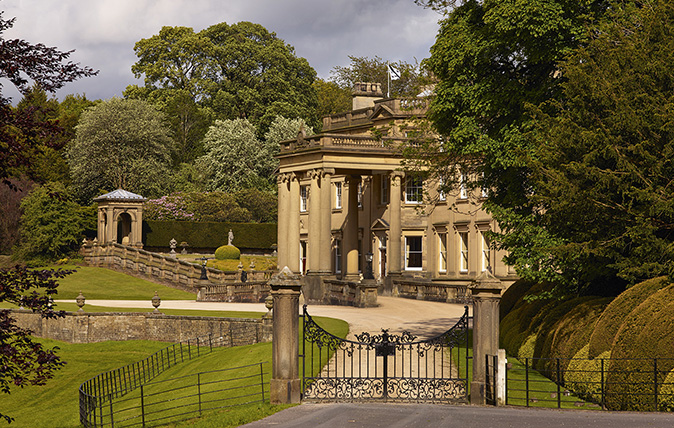

Broughton Hall, North Yorkshire
Home to the original Dicky and Daffy (Country Life’s Annie Tempest grew up at Broughton), the Tempest family has been here since 1097, although the current hall was built in 1597.
Today, Broughton presides over perhaps the world’s most beautiful business park; the family still lives in the hall, but the 3,000-acre estate houses more than 50 companies, employing some 600 people, in a variety of converted coach houses, stables, barns and other buildings. There are also conferences, weddings and other events, plus holiday cottages and the Avalon spa is set to open this year. (www.broughtonhall.co.uk)
Elmore Court, Gloucestershire
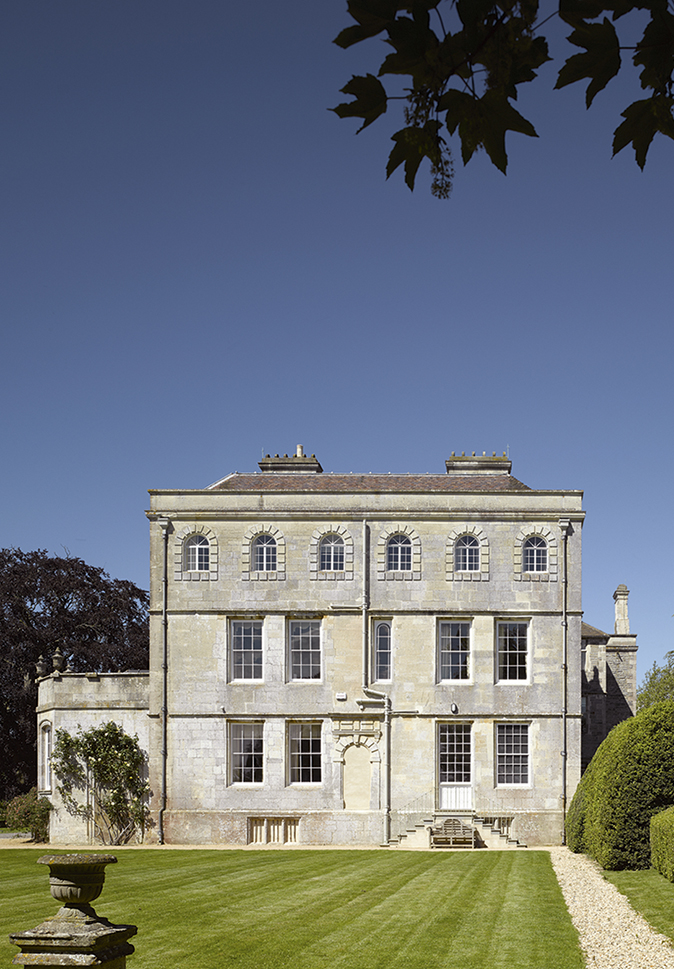
‘One clove of Gillyflower’ was the rent for land at Elmore in 1274, when the Guise family first came to own the estate. Pretty Elmore Court (Country Life, April 22, 2015), still very much a family home, was built in about 1540.
The current owner, Anselm Guise, spent several years turning the place into a top-notch venue for weddings and other events. The most exciting addition has been The Gillyflower, a beautiful, sustainable building that serves as a kind of permanent marquee, for dinner and dancing. (www.elmorecourt.com)
Berkeley Castle, Gloucestershire
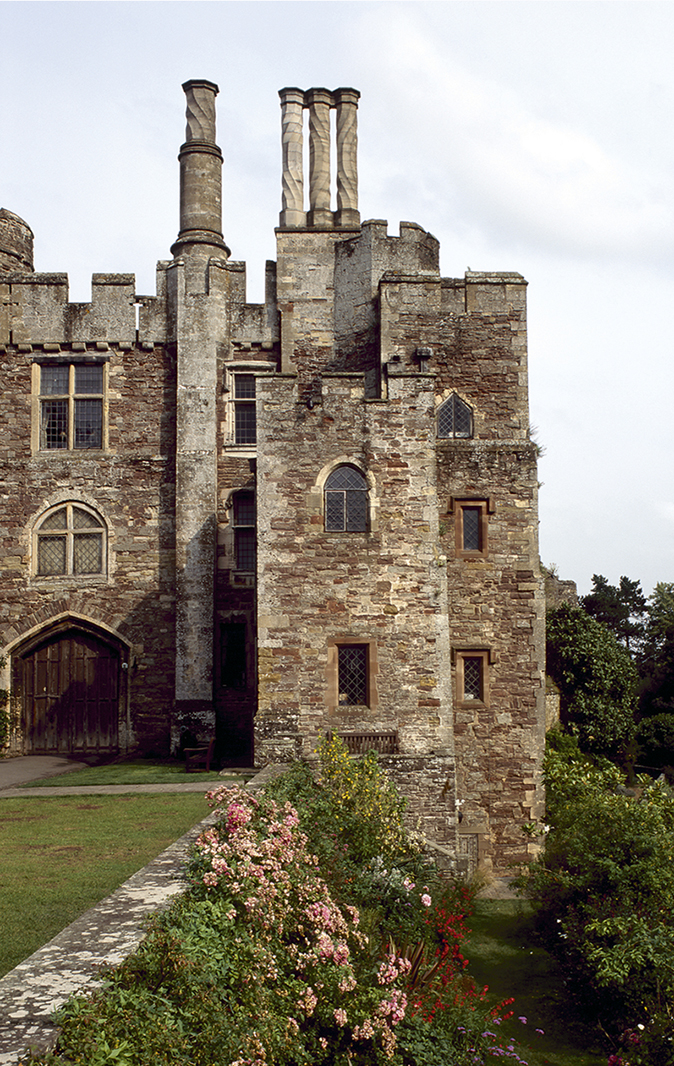
Built in the 11th century, Berkeley Castle (Country Life, December 2 and 9, 2004) has been in the same family for some 850 years, whose tenure has witnessed all manner of diversions. It’s suggested that Shakespeare’s A Midsummer Night’s Dream was first performed at a Berkeley family wedding, Edward II was murdered here in 1327 and, in 1725, a tumble from the Great Hall’s minstrels’ gallery resulted in the death of England’s last Court jester—‘Here lies the Earl of Suffolk’s fool’ reads his epitaph at the local village church. (www.berkeley-castle.com)
Hovingham Hall, North Yorkshire
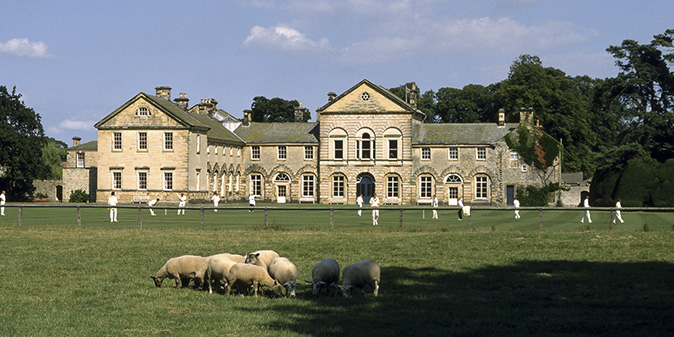
Descended from Elias, a giant who died fighting in the Crusades, the Worsley family bought the Manor of Hovingham in 1563. Upon inheriting in 1751, the horse-obsessed Thomas Worsley set about building the grandest Palladian stables he could imagine. Into these, he incorporated a handsome country house almost as an afterthought—the ballroom was above the stables and, after Horace Walpole commented on the singular aroma, the horses were, sensibly, moved elsewhere—and it remained unfinished when he died in 1778.
Hovingham Hall is the childhood home of The Duchess of Kent and its private cricket ground is said to be the country’s oldest in continuous use. (www.hovingham.co.uk)
Sign up for the Country Life Newsletter
Exquisite houses, the beauty of Nature, and how to get the most from your life, straight to your inbox.
Alnwick Castle, Northumberland
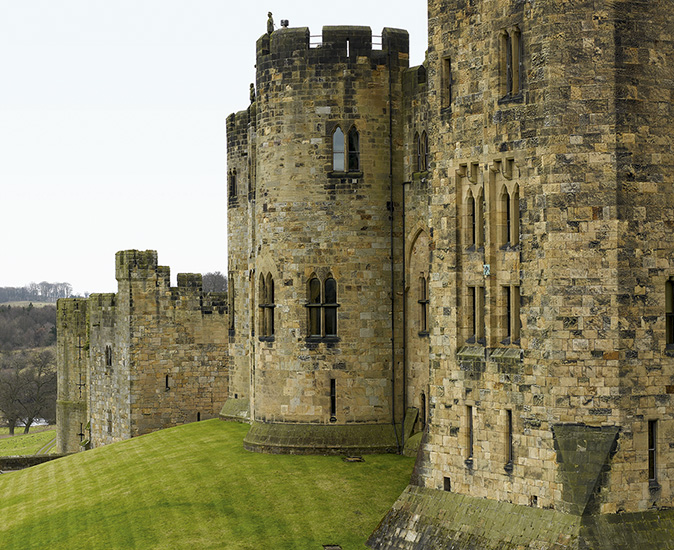
Accio
broomstick! Famous as more than just the spot where Harry Potter learnt to fly — Alnwick Castle has also featured in Downton Abbey, Robin Hood: Prince of Thieves and Blackadder, to name a few screen appearances — this Percy stronghold (which the family purchased in 1309) is one of the largest inhabited castles in the UK and among the most visited.
The Alnwick Garden, with one of the world’s largest wooden treehouses and adjoining poison garden, both overseen by the Duchess of Northumberland, is even more renowned, attracting more than 600,000 visitors per year. (www.alnwickcastle.com)
Renishaw Hall, Derbyshire
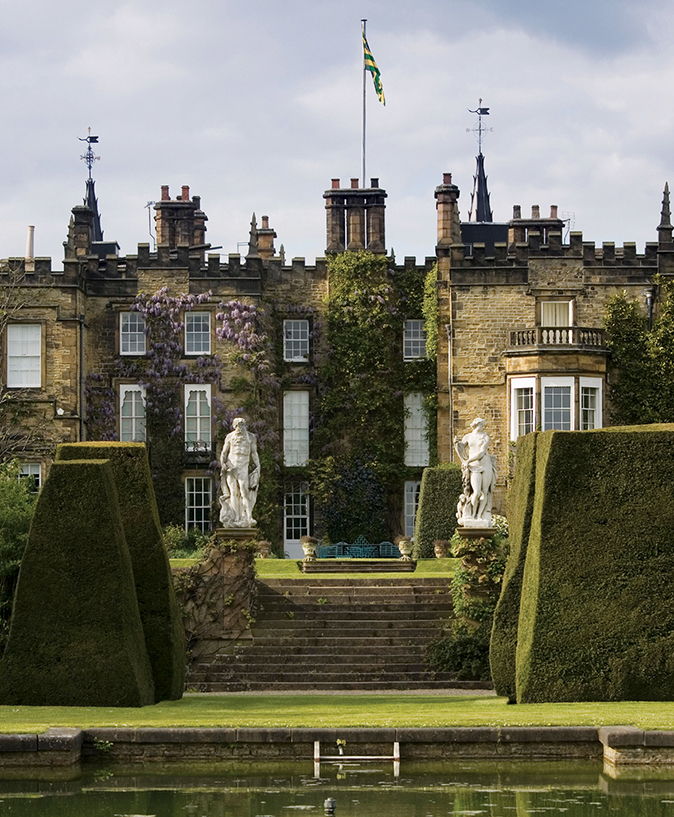
Is there a modern-day Mellors in the village of Eckington? Be still our beating hearts; D. H. Lawrence is said to have used Renishaw Hall and its locality as inspiration for Lady Chatterley’s Lover. Home to the Sitwell family for nearly 400 years, the hall’s current chatelaine Alexandra Hayward (née Sitwell) oversees the estate, including planting in the award-winning Italianate gardens, laid out in the 19th century by her great-grandfather.
The estate vineyard was, until 1986, the northernmost vineyard in the world and the Jacobean/Georgian/Regency pile was home to the angular-featured literary Sitwell sibling trio (Osbert, Sacheverell and Edith), rivals to the Bloomsbury Set. (www.renishaw-hall.co.uk)
Annunciata grew up in the wilds of Lancashire and now lives in Hampshire with a husband, two daughters and an awful pug called Parsley. She’s been floating round the Country Life office for more than a decade, her work winning the Property Magazine of the Year Award in 2022 (Property Press Awards). Before that, she had a two-year stint writing ‘all kinds of fiction’ for The Sunday Times Travel Magazine, worked in internal comms for Country Life’s publisher (which has had many names in recent years but was then called IPC Media), and spent another year researching for a historical biographer, whose then primary focus was Graham Greene and John Henry Newman and whose filing system was a collection of wardrobes and chests of drawers filled with torn scraps of paper. During this time, she regularly gave tours of 17th-century Milton Manor, Oxfordshire, which may or may not have been designed by Inigo Jones, and co-founded a literary, art and music festival, at which Johnny Flynn headlined. When not writing and editing for Country Life, Annunciata is also a director of TIN MAN ART, a contemporary art gallery founded in 2021 by her husband, James Elwes.
-
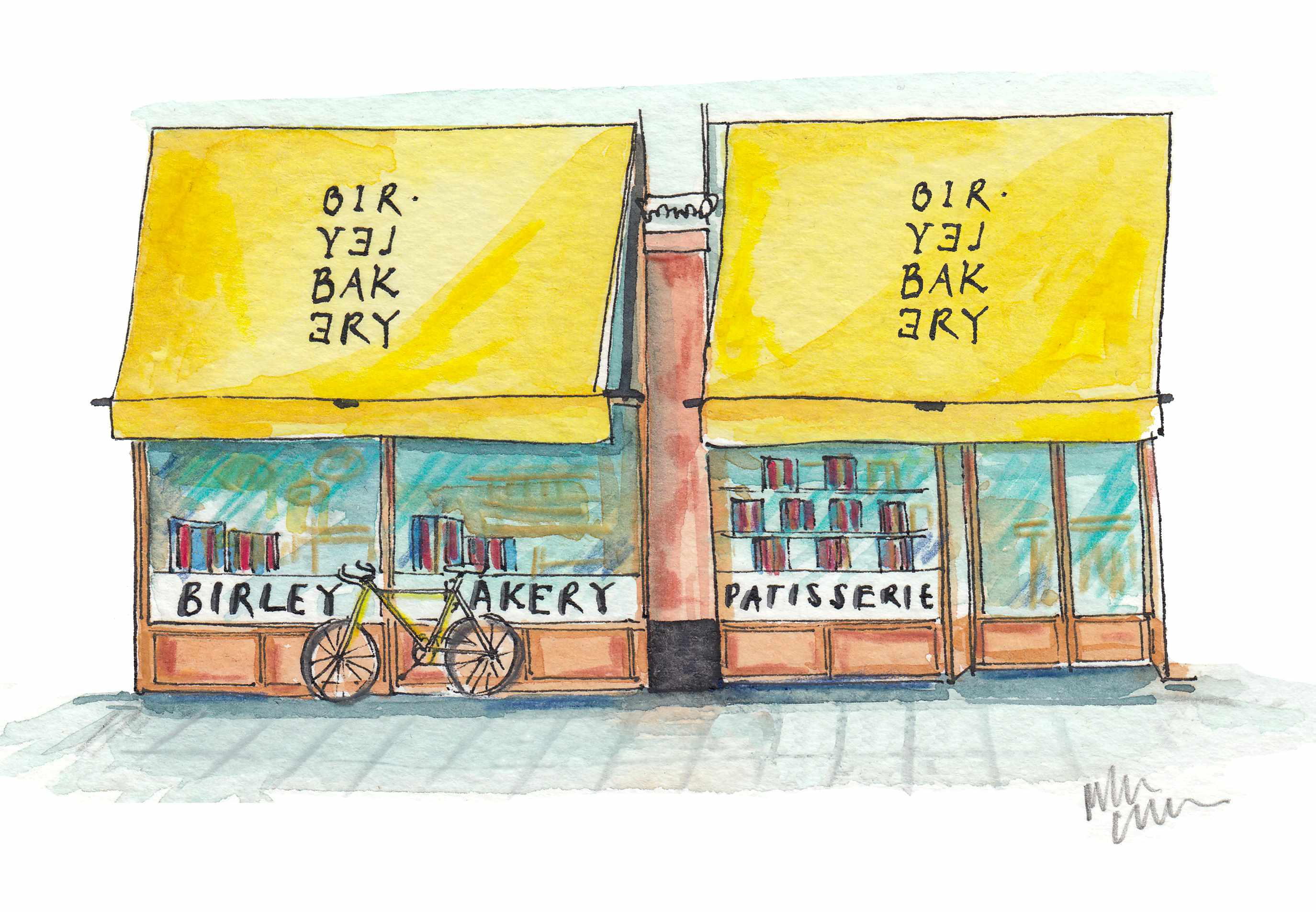 'That’s the real recipe for creating emotion': Birley Bakery's Vincent Zanardi's consuming passions
'That’s the real recipe for creating emotion': Birley Bakery's Vincent Zanardi's consuming passionsVincent Zanardi reveals the present from his grandfather that he'd never sell and his most memorable meal.
By Rosie Paterson Published
-
 The Business Class product that spawned a generation of knock-offs: What it’s like to fly in Qatar Airways’ Qsuite cabin
The Business Class product that spawned a generation of knock-offs: What it’s like to fly in Qatar Airways’ Qsuite cabinQatar Airways’ Qsuite cabin has been setting the standard for Business Class travel since it was introduced in 2017.
By Rosie Paterson Published
-
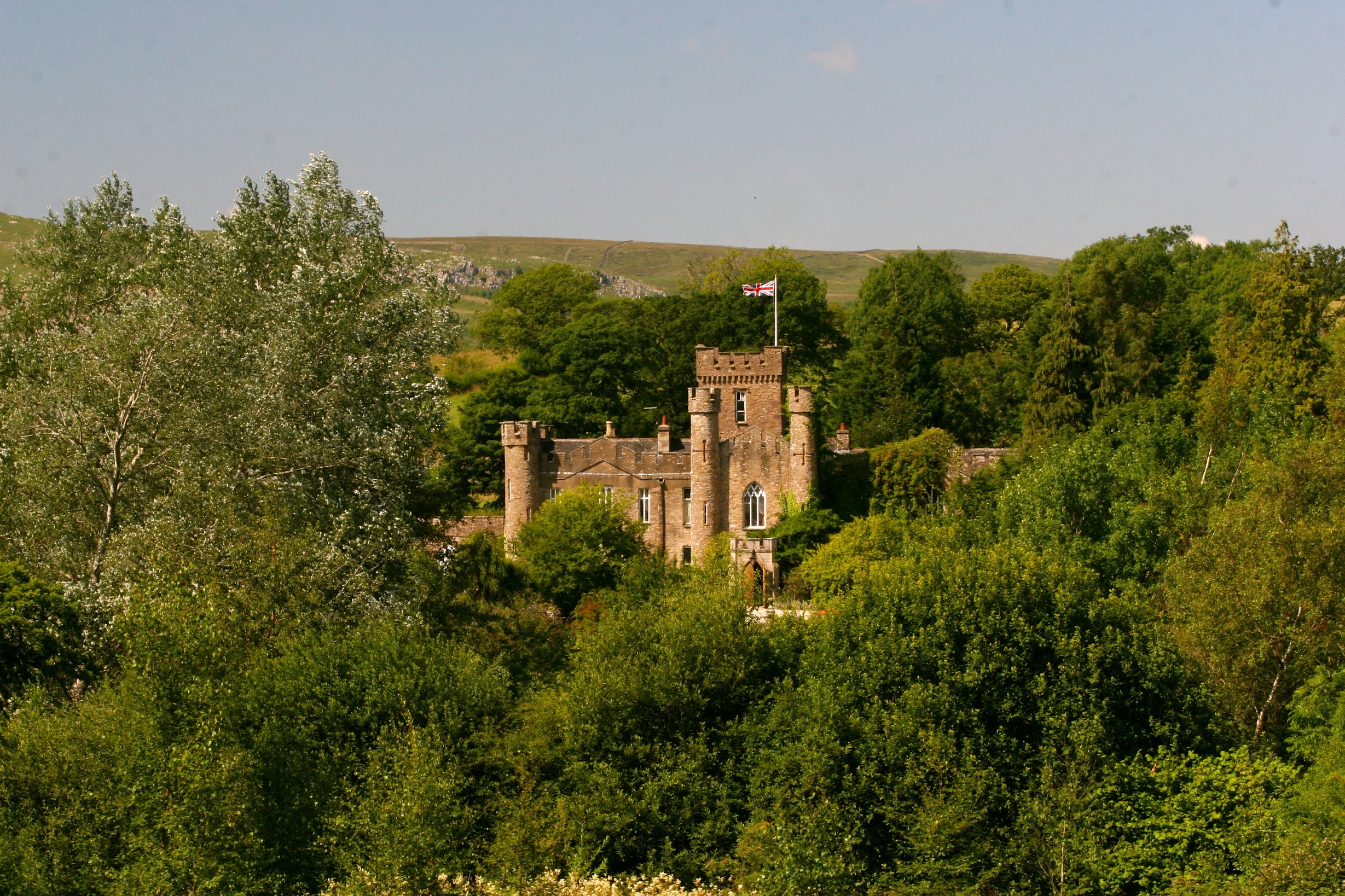 A fairytale castle peeking above the treetops of Cumbria is for sale at just £2 million
A fairytale castle peeking above the treetops of Cumbria is for sale at just £2 millionAugill Castle has a wonderful backstory and a lifestyle business attached. .Annunciata Elwes tells more.
By Annunciata Elwes Published
-
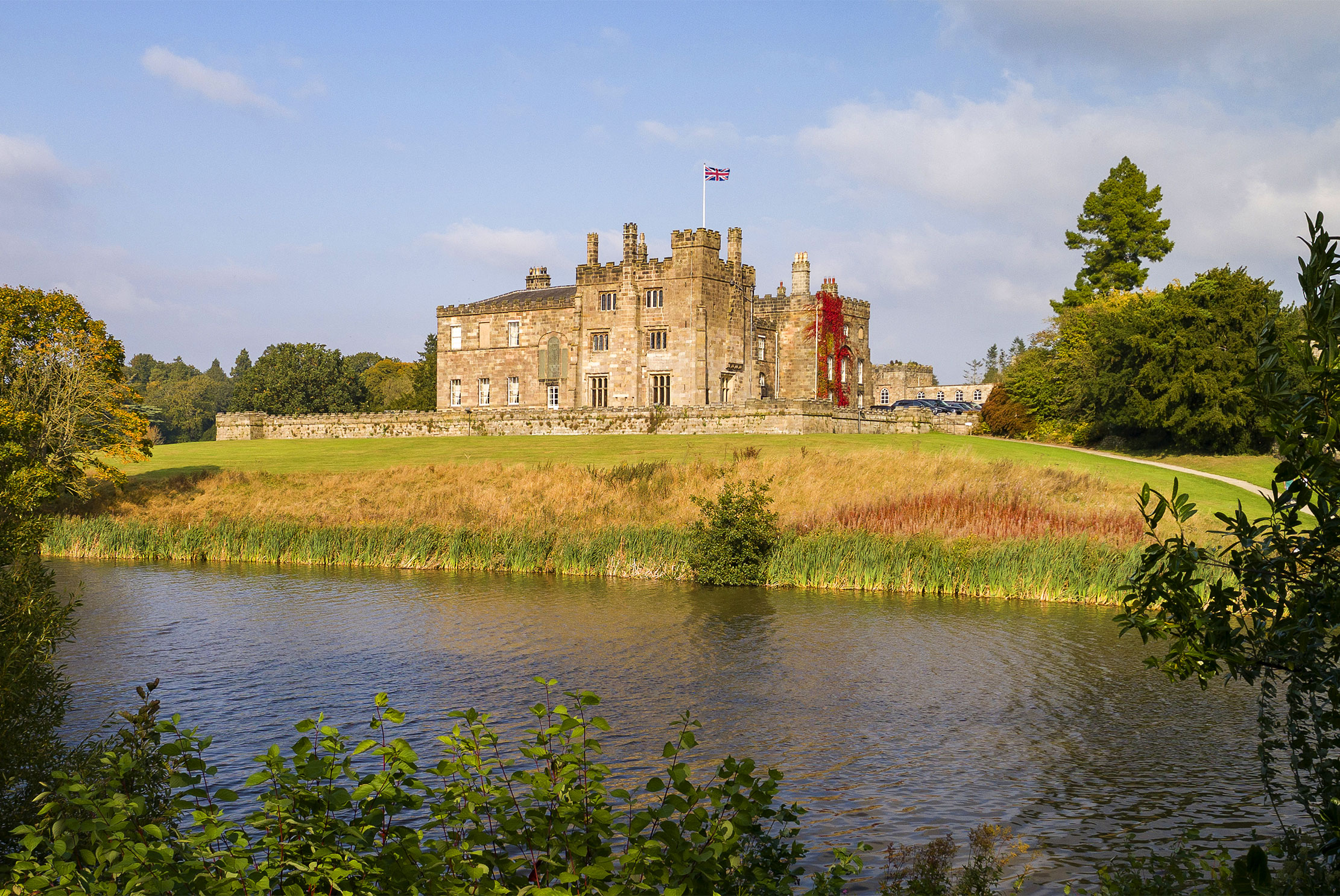 A £21 million castle that's come up for sale for the first time in 700 years
A £21 million castle that's come up for sale for the first time in 700 yearsRipley Castle in North Yorkshire has been the family home of the Ingilbys since the early 1300s. It's steeped in history, has a list of famous visitors over the centuries that include James I and Oliver Cromwell, and is now on the open market. Annabel Dixon takes a look.
By Annabel Dixon Published
-
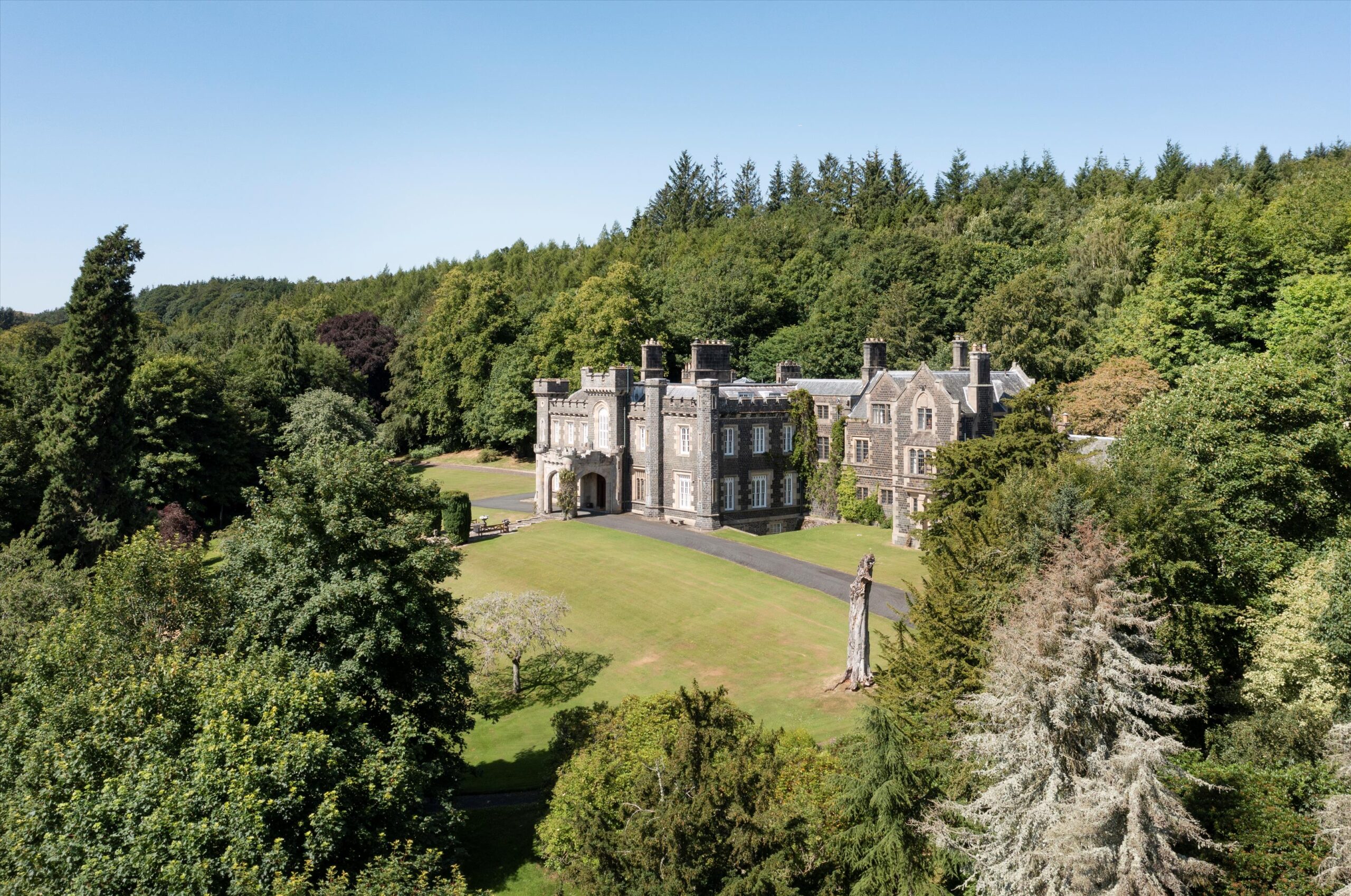 Spectacular Scottish castles and estates for sale, starting from under £700k
Spectacular Scottish castles and estates for sale, starting from under £700kA look at the finest castles, country houses and estates for sale in Scotland today.
By Country Life Published
-
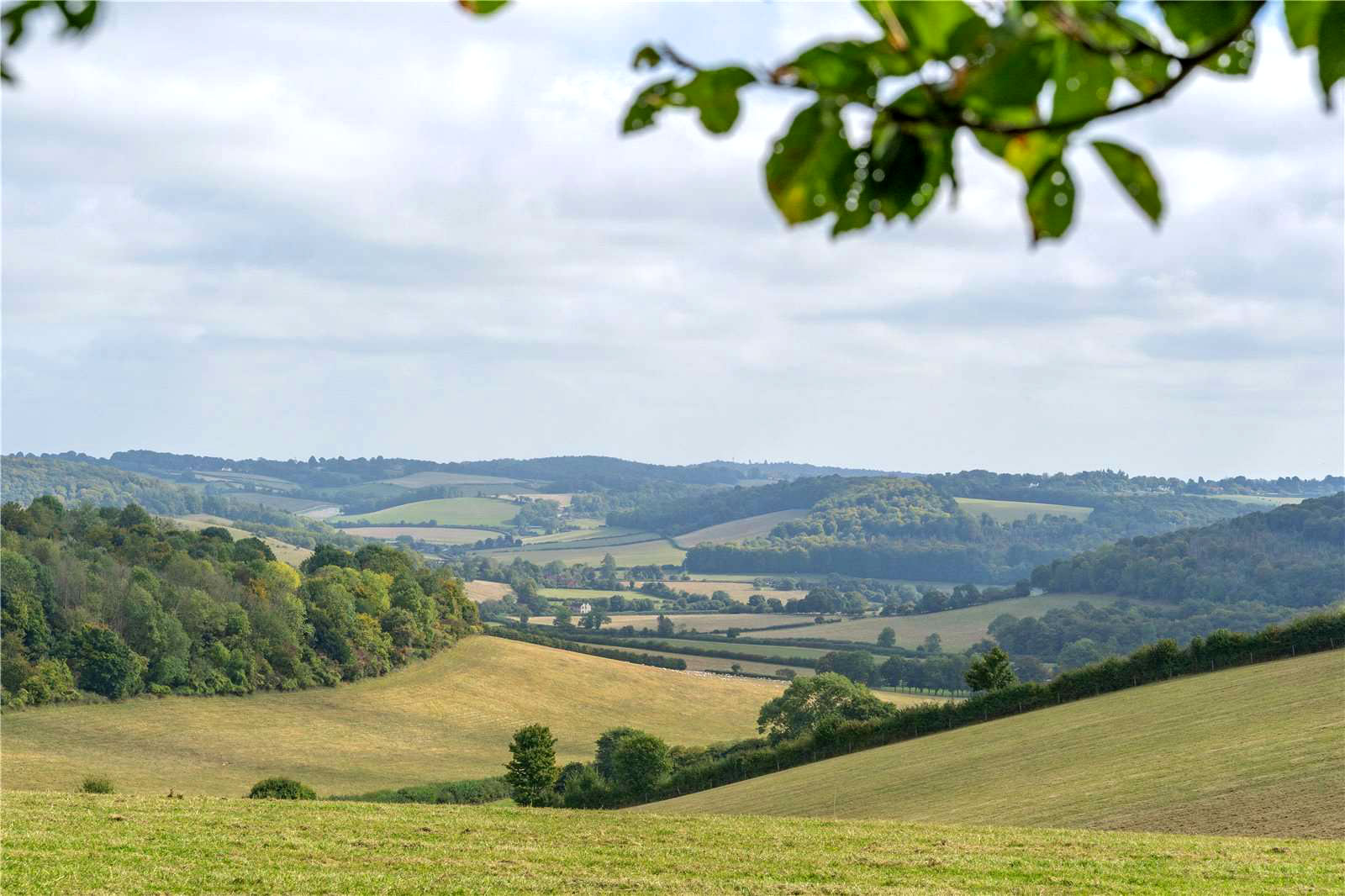 A true once-in-a-lifetime chance as 554 acres of blissful English countryside come up for sale in a location just 45 miles from central London
A true once-in-a-lifetime chance as 554 acres of blissful English countryside come up for sale in a location just 45 miles from central LondonPenny Churchill looks at the Southend Estate, where hundreds of acres of space are on the market just a stone's throw from the capital.
By Penny Churchill Published
-
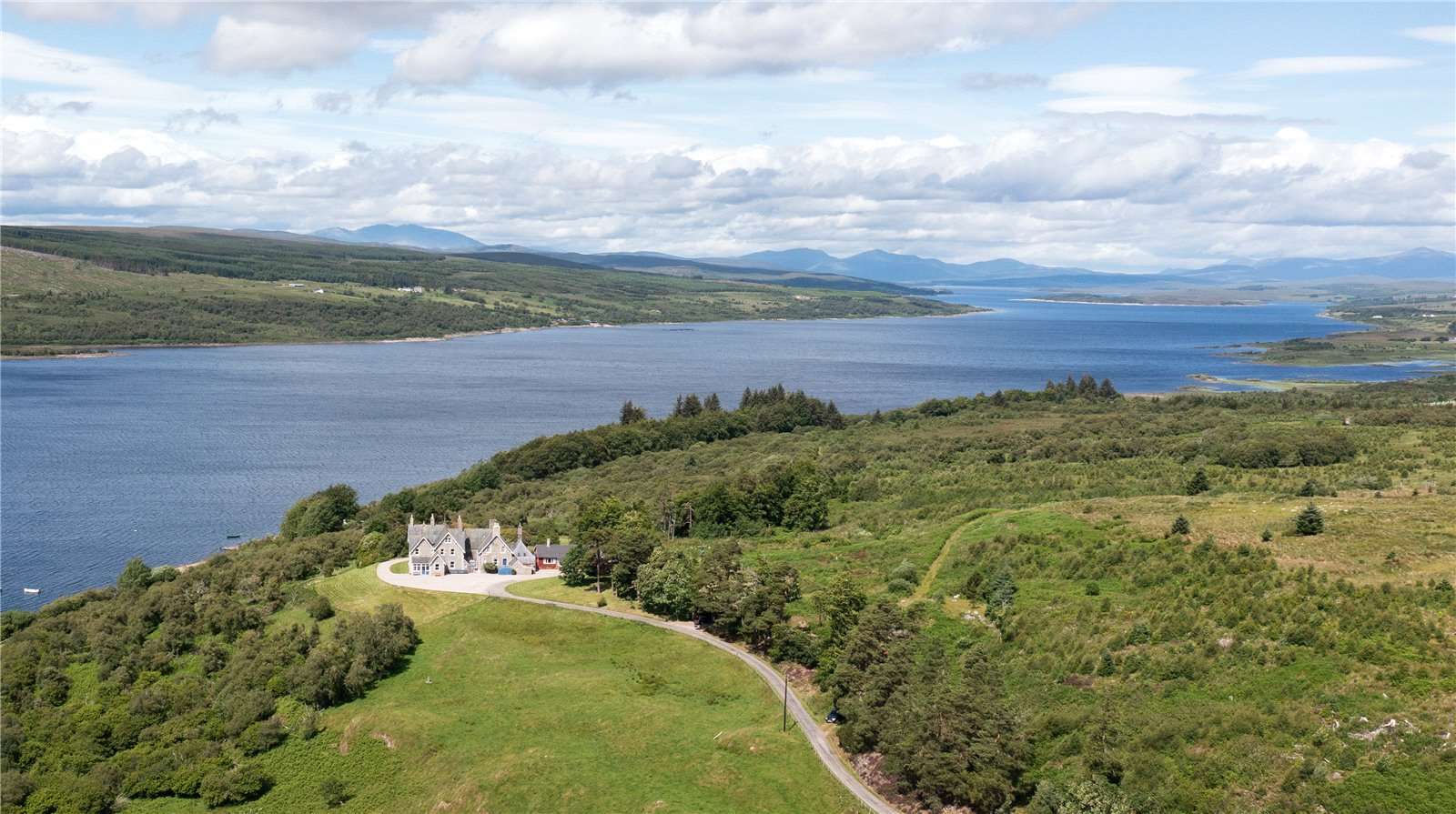 The Scottish house of your dreams has come up for sale beside a loch in the heart of the Highlands
The Scottish house of your dreams has come up for sale beside a loch in the heart of the HighlandsLairg Lodge is a glorious Highland retreat in a spectacular location. Penny Churchill takes a look.
By Penny Churchill Published
-
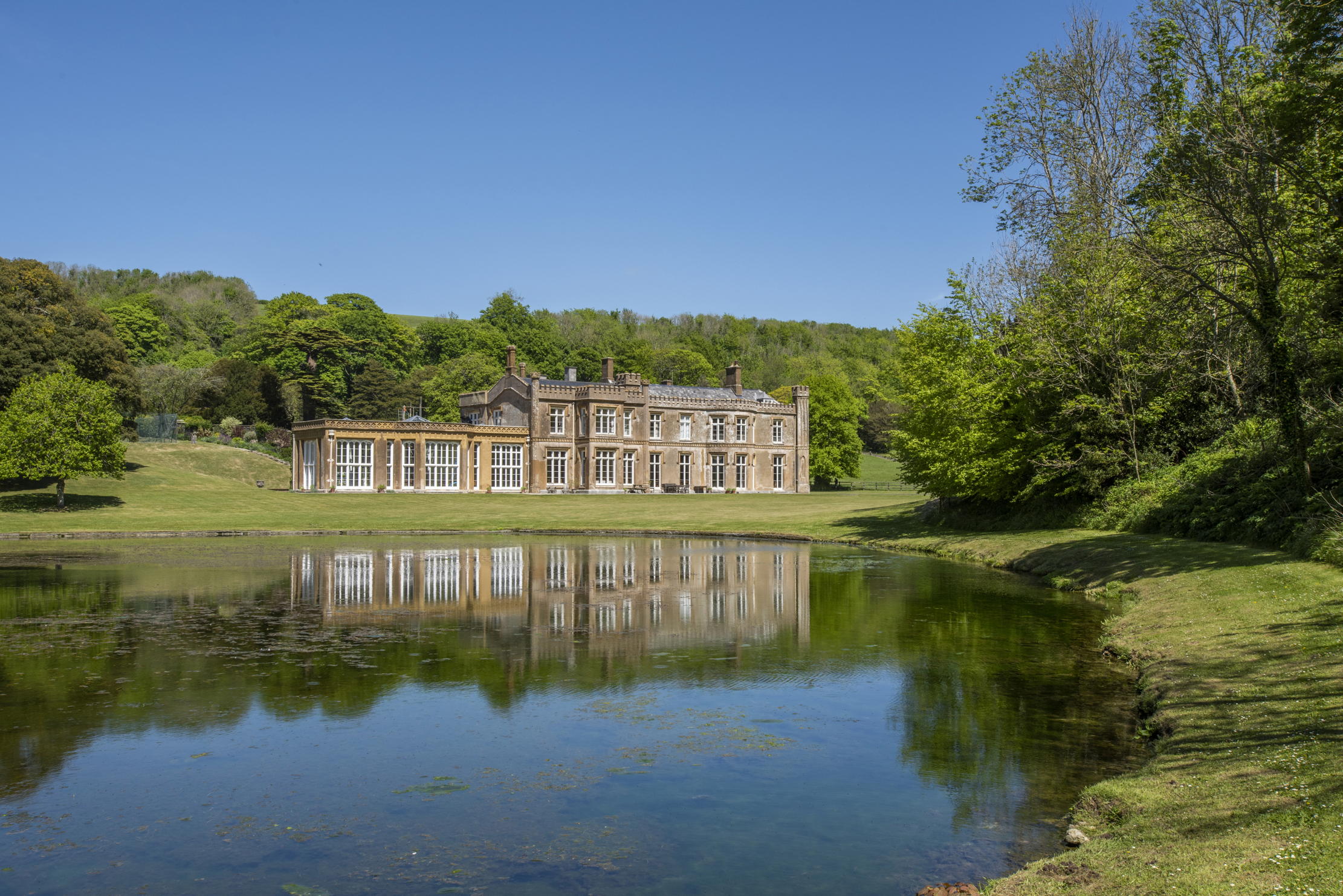 The £30 million Dorset estate that comes with a 200-year-old mansion, a cricket ground, a nature reserve and an entire village
The £30 million Dorset estate that comes with a 200-year-old mansion, a cricket ground, a nature reserve and an entire villageThe Bridehead Estate in Dorset has come up for sale — and it's quite an astonishing opportunity. Penny Churchill takes a look.
By Penny Churchill Published
-
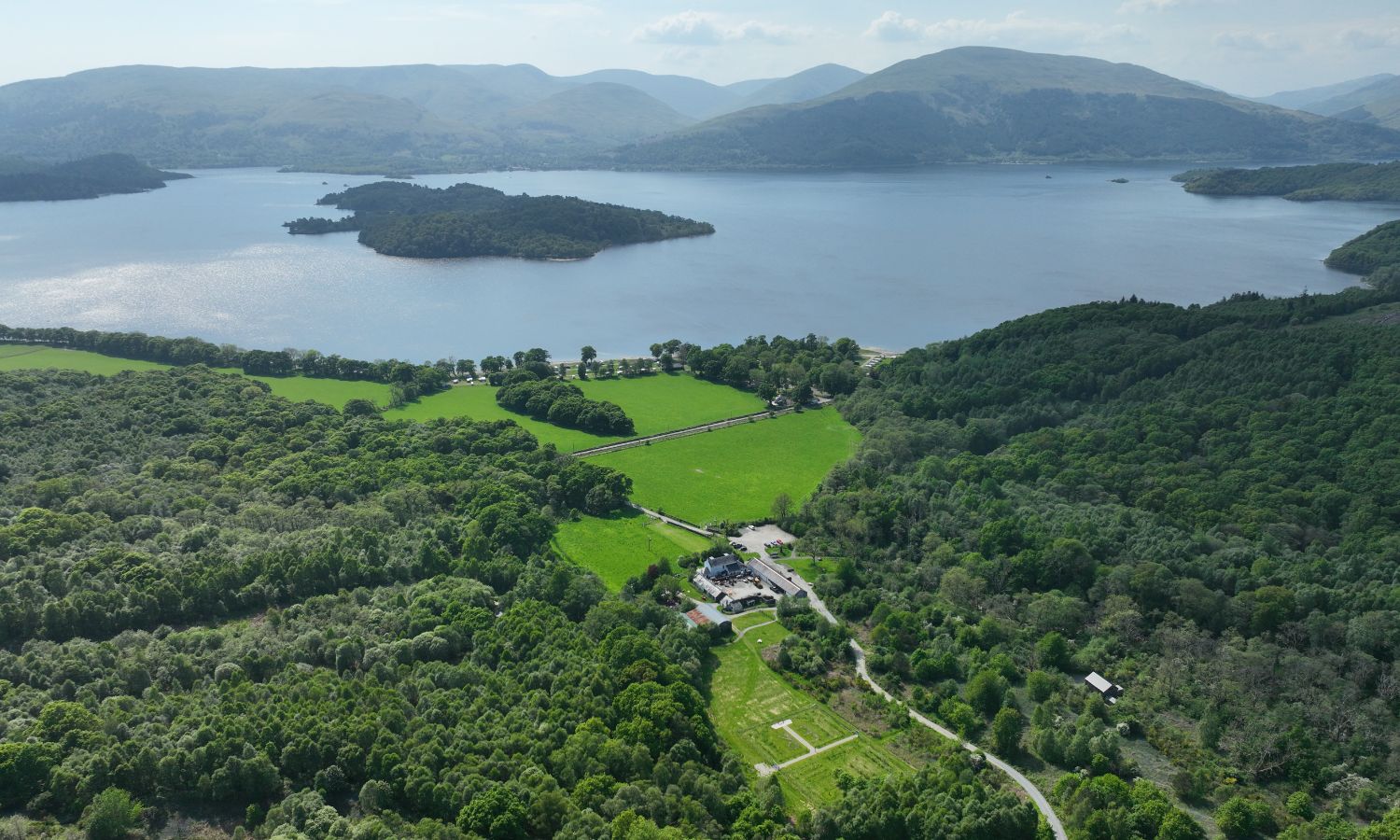 3,000 pristine acres of Loch Lomond National Park, where red squirrels roam spectacular woodland, have come up for sale
3,000 pristine acres of Loch Lomond National Park, where red squirrels roam spectacular woodland, have come up for saleThe magnificent Cashel Estate has come to the market, a true Scottish paradise.
By Toby Keel Published
-
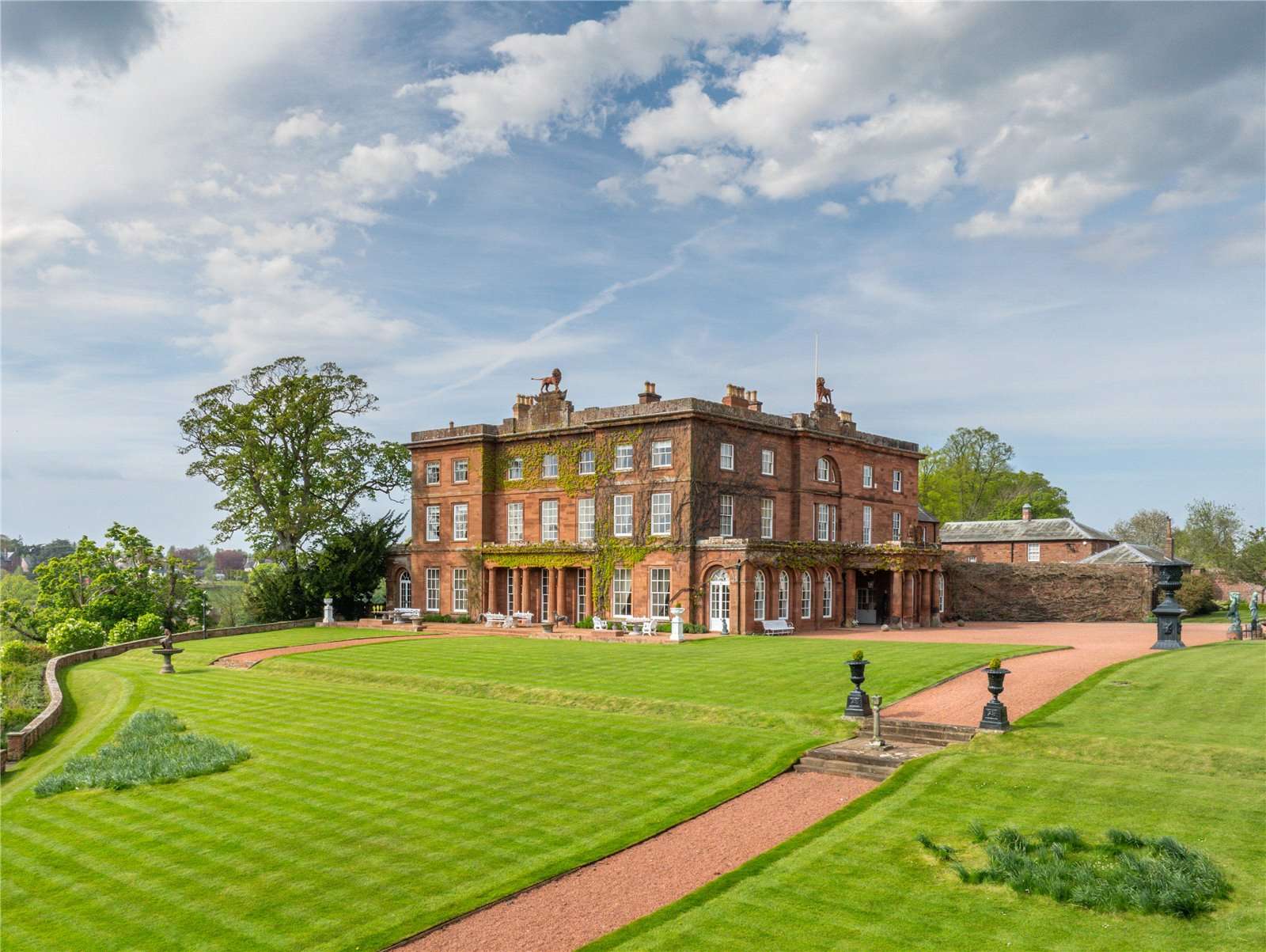 'One of Britain's greatest estates', complete with castle, river and 711 acres, is up for sale for the first time in a generation
'One of Britain's greatest estates', complete with castle, river and 711 acres, is up for sale for the first time in a generationCorby Castle in Cumbria is a true rarity: a Grade I-listed masterpiece that is on the market for the first time in a generation. Penny Churchill takes a look.
By Penny Churchill Published
